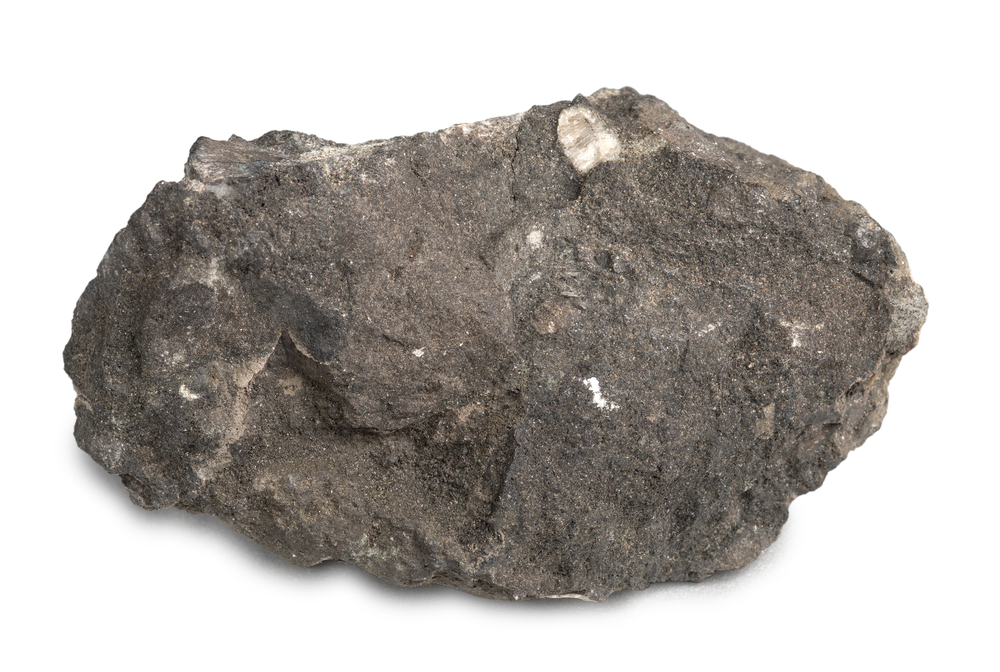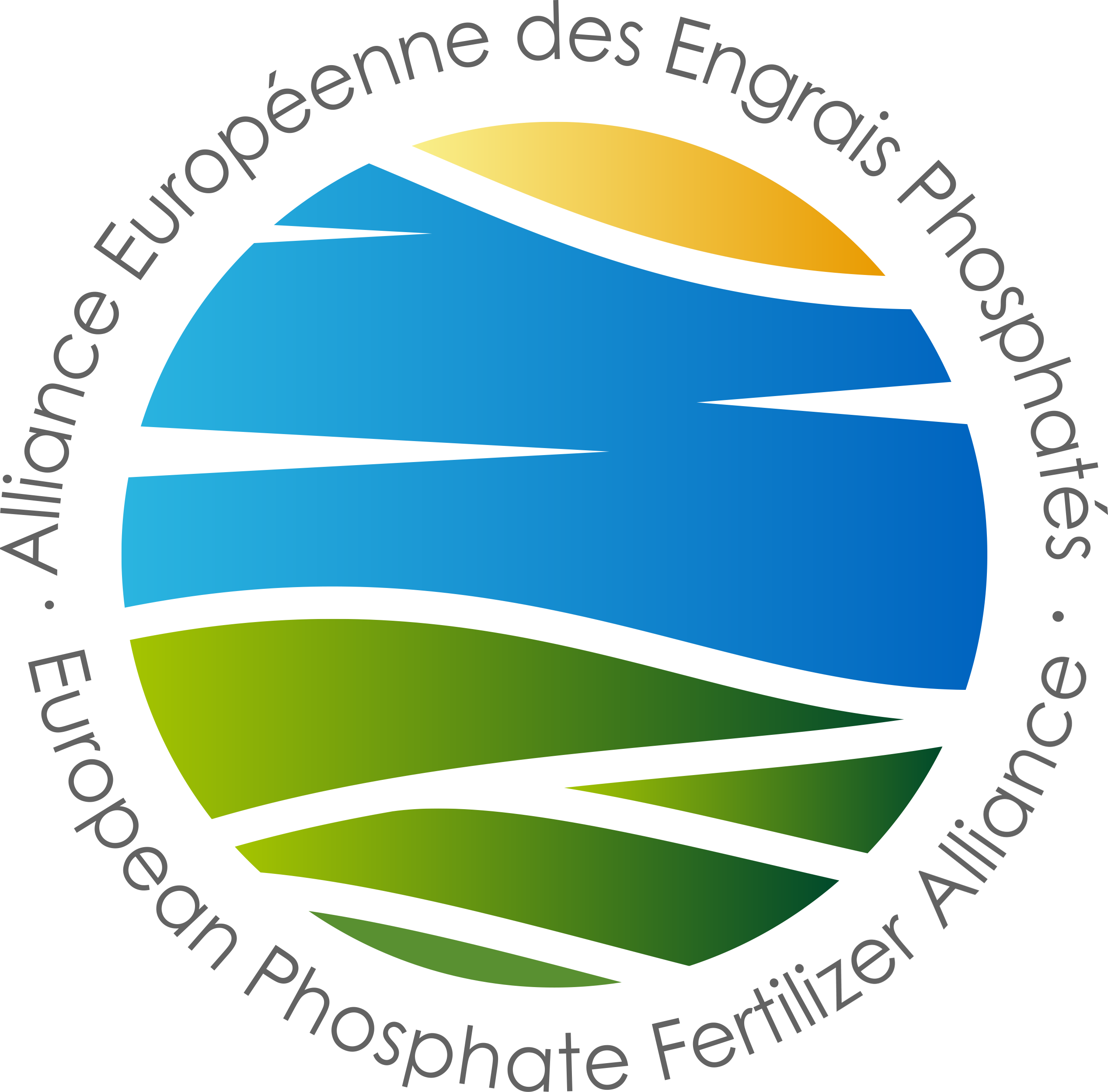Warning: count(): Parameter must be an array or an object that implements Countable in /wp-includes/post-template.php on line 284
Impuritites and decadmiation
Warning: count(): Parameter must be an array or an object that implements Countable in /wp-includes/post-template.php on line 284
Cadmium is naturally present in phosphate rock
Phosphate rock is mainly composed of dolomite CaMg(CO3)2, calcite CaCO3 and carbonate fluorapatite Ca(10-a-b)NaaMgb(PO4)6-x(CO3)xFyF2. The apatite can have variable composition: calcium (Ca) can be substituted by other divalent elements like cadmium (Cd) for example. More than 25 elements in total are known or suspected to substitute to calcium in the structure of the apatite. Tharefore cadmium is naturally present in phosphate rock, especially in the one of sedimentary marine origin. This is an issue for the fertilizer industry as the natural cadmium from the rock, since it is associated to the phosphorus, can be found in all phosphate materials that are derived from phosphate rock and used in the production of phosphate fertilizers. A challenge for the future will be decadmiation

Decadmiation of rock phosphate
At an industrial scale, there are no methods for removing cadmium from the rock. However, several techniques have been identified that are all based on the concept of evaporation of cadmium under very high temperature.
The most common method is calcination where several lab studies have been conducted. In theory the rock must reach a temperature above 767°C which corresponds to the boiling temperature of cadmium, and in neutral or reductant air conditions, cadmium will volatilize. In practice, temperatures must be above 1000°C to have a significant reduction of cadmium in the rock and it was reported several factors affect the efficiency of the process (mineral structure of the rock, impurities, other contaminants, etc). The downside of calcination is that it will change the structure of the rock which will become harder and less reactive. Under high temperature, the fine grinds in the rock will aggregate and the porosity will reduce, which will induce a smaller contact area and ultimately drastically reduce the reactivity of the rock. This means the rock will lose its agronomic value and will not be usable as such in fertilisers. The calcination process would also be extremely expensive, notably because of the energy required to burn the rock and the cost for managing the cadmium evaporating in the air. This is also a process with very high CO2 emission.
Another method has been reported for rock phosphate decadmiation: micro-waiving. The concept is similar to calcination as the objective is to reach high temperature for the evaporation of cadmium, but the consequences are the same as the ones of calcination: changes in the structure of the rock, loss of reactivity and of agronomic properties, etc. Micro-waiving of rock phosphate has only been tested at a laboratory scale.
Decadmiation of phosphoric acid
 Decadmiation could be implemented for phosphoric acid. It must be noted this would not be relevant for phosphate fertilizers composed of phosphate rock and single superphosphate, and to a smaller extent triple superphosphate. Several techniques have been developed for removing cadmium from phosphoric acid.
Decadmiation could be implemented for phosphoric acid. It must be noted this would not be relevant for phosphate fertilizers composed of phosphate rock and single superphosphate, and to a smaller extent triple superphosphate. Several techniques have been developed for removing cadmium from phosphoric acid.
The first one, the CERPHOS process, is based on the co-precipitation of cadmium with gypsum as cadmium shows great affinity to anhydrite (Ca2SO4). This leads to significant amounts of phosphogypsum waste.
The other method, the SIAPE process, is used in the feed industry to produce feed-grade phosphoric acid. It is based on the addition of organic sulphides to precipitate cadmium in the form of CdS.
Cadmium could also be removed by ionic exchange. Both cation and anion exchangers can be used but require pre-removal of insoluble substances first in order to ensure a proper efficiency. In reductant conditions cadmium can complex with bromium, chloride or iodine which exhibit high affinity to anionic resins and can be more efficiently retained. The HDH Extra process is based on the removal of cadmium via the cadmium-chloride complex and showed interesting experimental results in terms of feasibility, however, only phosphorites of content up to 50 mg Cd/kg of phosphorite can be used as materials.
Solvent extraction can be used to remove cadmium but the selectivity of cadmium is quite low compared to other ions that are present in the acid at high quantities (Fe, Ca, Mg…) and the process must be repeated several times to achieve a significant reduction of cadmium.
Finally, liquid membrane technology is currently studied in laboratories and it is not certain this technology can be deployed at an industrial scale.
Cadmium could also be removed by ionic exchange. Both cation and anion exchangers can be used but require pre-removal of insoluble substances first in order to ensure a proper efficiency. In reductant conditions cadmium can complex with bromium, chloride or iodine which exhibit high affinity to anionic resins and can be more efficiently retained. The HDH Extra process is based on the removal of cadmium via the cadmium-chloride complex and showed interesting experimental results in terms of feasibility, however, only phosphorites of content up to 50 mg Cd/kg of phosphorite can be used as materials.
Solvent extraction can be used to remove cadmium but the selectivity of cadmium is quite low compared to other ions that are present in the acid at high quantities (Fe, Ca, Mg…) and the process must be repeated several times to achieve a significant reduction of cadmium.
Finally, liquid membrane technology is currently studied in laboratories and it is not certain this technology can be deployed at an industrial scale.
